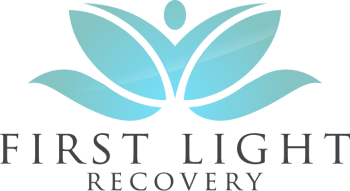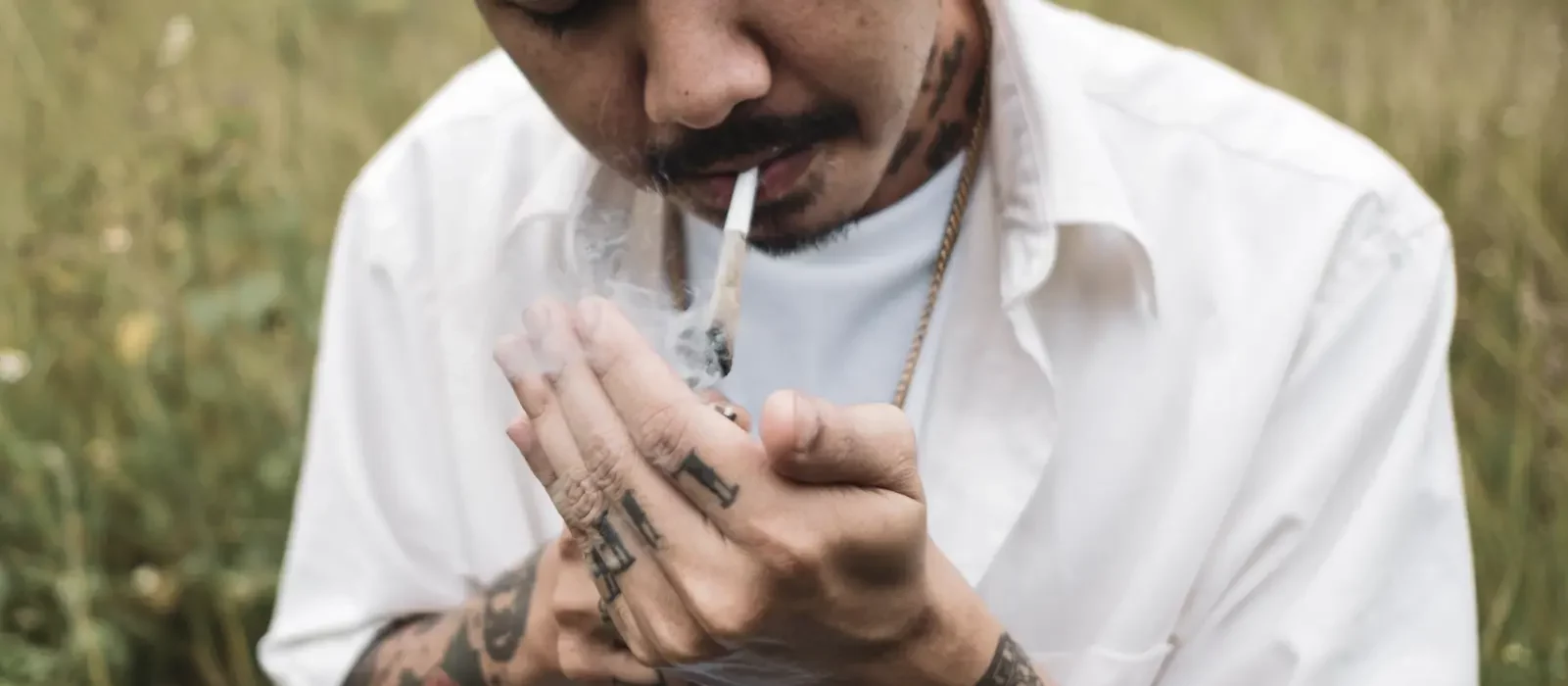Marijuana has become one of the widest used illicit drugs in the United States, according to the National Survey on Drug Use and Health (NSDUH). Changes in state legalization for medical and recreational use have grown its societal acceptance and availability. With its growth in popularity, and various usage forms and paraphernalia, it has become more popular among adolescents and young adults.
The intoxicating or mind-altering effects of marijuana are caused by the psychoactive chemical delta-9-tetrahydrocannabinol (THC). The plant includes 500 other chemicals and 100 compounds related to THC, called cannabinoids. When smoked, effects are experienced almost immediately. When ingested through food or drink, effects can be slightly delayed from 30 minutes to an hour. When using marijuana, effects can vary from individual to individual or based on the chemical makeup of the marijuana consumed. You may feel pleasant euphoria, relaxation, heightened sensory perceptions, experience increased laughter, altered perception of time, and increased appetite. However, unpleasant experiences such as anxiety, fear, distrust, panic, and paranoia can also occur. In some cases, psychosis can occur, such as experiencing auditory and/or visual hallucinations, delusions, and lost sense of self.
Effects On The Brain
Anandamide’s chemical in the brain has a structure similar to marijuana’s THC chemical structure. Due to this, THC alters regular brain communication and the chemical messages between nerve cells that influence pleasure, memory, thinking, concentration, movement, coordination, sensory, and time perception. This interference can profoundly affect the user’s ability to learn, perform, and complete tasks. In addition, disruptions occur in the basal ganglia and cerebellum brain areas that regulate balance, posture, coordination, and reaction time. It causes a flood of dopamine that is responsible for the pleasure/reward system in higher doses than when responding to natural stimuli, thus contributing to increased use because it feels good. After long-term use, the user can experience difficulties releasing dopamine naturally.
Is Marijuana Addictive
Contrary to popular belief, it is addictive. Marijuana use disorder is recognized in the Diagnostic and Statistical Manual of Mental Disorders. A use disorder is associated with dependence and contains at least two of the following within 12 months:
- Cannabis is often taken in larger amounts or over a more extended period than was intended.
- There is a persistent desire or unsuccessful efforts to cut down or control cannabis use.
- A great deal of time is spent in activities necessary to obtain cannabis, use cannabis, or recover from its effects.
- Craving, or a strong desire or urge to use cannabis.
- Recurrent cannabis use resulting in a failure to fulfill significant role obligations at work, school, or home.
- Continued cannabis use despite having persistent or recurrent social or interpersonal problems caused or exacerbated by the effects of cannabis.
- Important social, occupational, or recreational activities are given up or reduced because of cannabis use.
- Recurrent cannabis use in situations in which it is physically hazardous.
- Cannabis use continues despite knowledge of a persistent or recurrent physical or psychological problem that is likely to have been caused or exacerbated by cannabis.
- Tolerance, as defined by either of the following:
- A need for markedly increased amounts of cannabis to achieve intoxication or desired effect.
- A markedly diminished effect with continued use of the same amount of cannabis.
- Withdrawal, as manifested by either of the following:
- The characteristic withdrawal syndrome for cannabis (refer to DSM-5 for further details).
- Cannabis (or a closely related substance) is taken to relieve or avoid withdrawal symptoms.
- A mild cannabis use disorder is defined as the presence of 2-3 of the above symptoms.
- A moderate cannabis use disorder is defined as the presence of 4-5 of the above symptoms.
- A severe cannabis use disorder is defined as the presence of 6 or more of the above symptoms.
Research has suggested that 30 percent of marijuana users have some degree of marijuana use disorder. If use begins before the age of 18, there is an increased chance of a use disorder developing four to seven times greater than for users that start use as adults. Marijuana potency has increased compared to 25 years ago. The increase of THC increased the effects on the brain, increasing the use disorder and addiction.
Links to Mental Health Issues
It’s essential to know the risks. Risks are being overlooked with society normalizing use and availability from state legalization. Risk has in fact increased with today’s marijuana being more potent than ever before. The mental health impact is seen in increases in depression, anxiety, suicide planning, and psychotic episodes.
Marijuana use should be cautioned if you have been diagnosed with a mental health disorder, are experiencing symptoms of mental health issues, or if you have a family history of mental health issues. Some individuals may turn to marijuana use when feeling down to self-medicate, though over longer use it increases the risk of major depressive disorder. It in fact, increases depressive symptoms. Individuals who experience anxiety often report increased panic and anxiety attacks, increased use due to this, and higher rates of dependence. If psychotic illnesses are present such as schizophrenia or bipolar disorder, it has been reported to increase psychotic symptoms, delusions or hallucinations, hospitalizations, less responsiveness to treatment and difficulties recovering from episodes. Marijuana use has also been associated with amotivational syndrome – a lack of drive to participate in typically rewarding activities.
Recent research has found specific variants of the “AKT1” gene that affects dopamine signaling in the striatum are at higher risk of developing psychosis. The Striatum gets flooded with dopamine when presented with certain stimuli. Altered dopamine signaling is involved in schizophrenia. Another study looked at the gene “COMT” and saw an increased risk of psychosis when use began in adolescence.
Is It A Problem?
The fact is not everyone experiences mental health issues due to marijuana use. Many variables increase the risks. Consider the length of service and if it began before age 18, the amount, family mental health history, and medical conditions. Though even mental health risks are considered, there are overall adverse effects that can be long-term in brain health, athletic performance, driving, and baby’s health and development when pregnant.
If you believe you or a loved one may be struggling with mental health issues related to marijuana use, many options exist to support regaining your health.
- Medications, including mood stabilizers, antipsychotic medications, and antidepressants
- Individual, group, and family psychotherapy such as cognitive behavioral therapy or family-focused therapy
- Self-management strategies and education
- Life skills training for social and vocational skills
- In some cases, inpatient hospitalization is necessary to stabilize symptoms
- For continued stabilization and skill streaming, residential mental health treatment is recommended.
First Light Recovery (FLR) is a residential mental health facility in Orange County, California. We address severe mental health issues affecting our clients’ lives, ranging from mood disorders to trauma. This allows clients to seek the correct help needed to feel more stable and control their mental health. Contact us if you would like to speak with a mental health professional.
Resources:
National Institute on Drug Abuse




